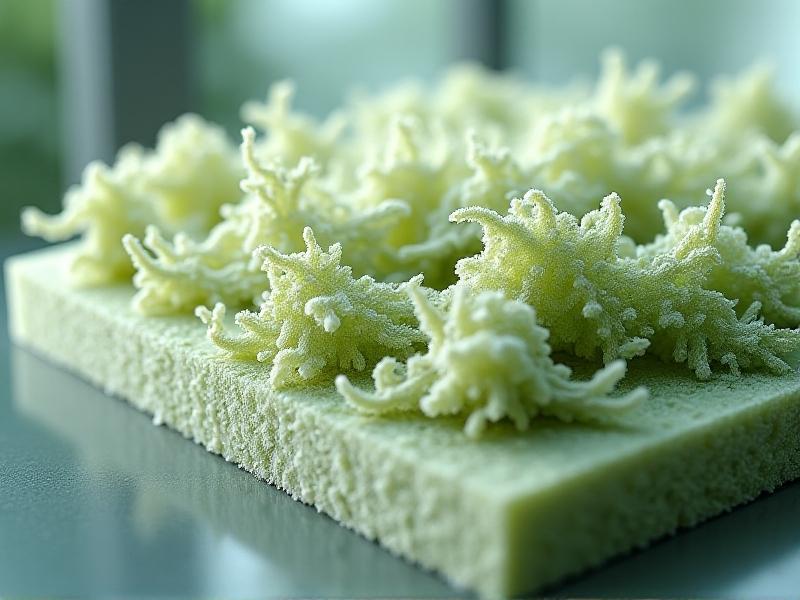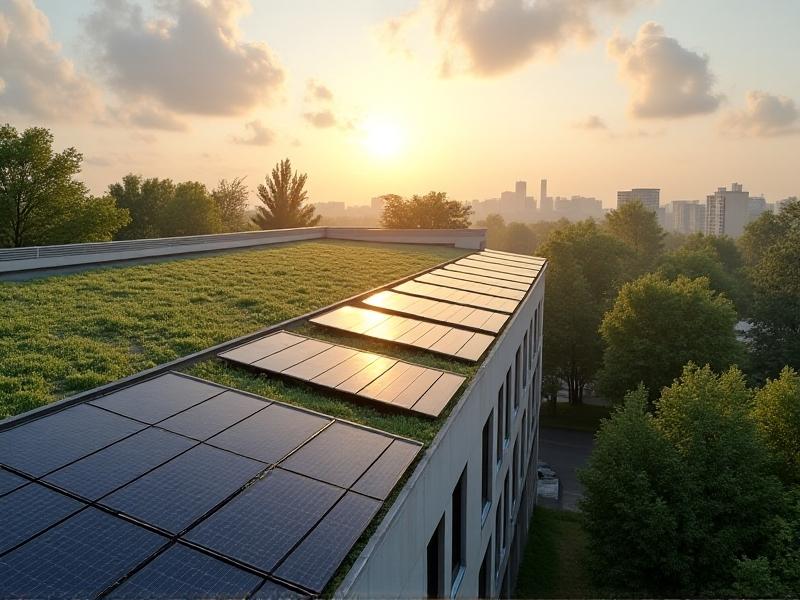Vapor Permeability Standards for Breathable Fungal Insulation
Understanding Vapor Permeability in Building Materials
Vapor permeability is a critical property in building materials, particularly when it comes to insulation. It refers to the ability of a material to allow water vapor to pass through it, which is essential for maintaining a healthy indoor environment. When water vapor is trapped within walls or ceilings, it can lead to mold growth, structural damage, and a decline in indoor air quality. Breathable insulation materials, such as fungal insulation, are designed to mitigate these risks by allowing moisture to escape while still providing thermal resistance.
Fungal insulation, a relatively new innovation in the construction industry, leverages the natural properties of fungi to create a sustainable and effective insulation material. Unlike traditional insulation options, fungal insulation is not only eco-friendly but also inherently breathable. This makes it an ideal choice for buildings in humid climates or areas prone to moisture-related issues. Understanding the science behind vapor permeability is key to appreciating why fungal insulation stands out in the market.
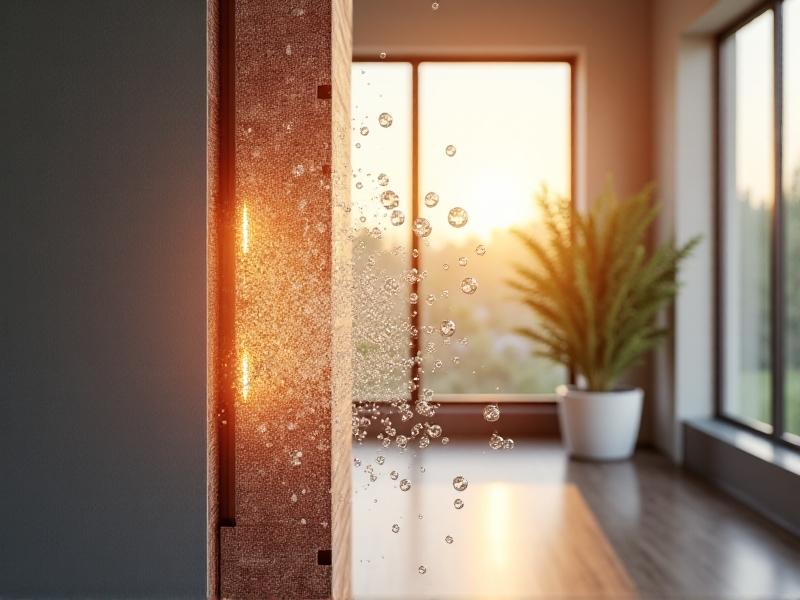
The Role of Fungal Insulation in Sustainable Construction
As the construction industry increasingly prioritizes sustainability, fungal insulation has emerged as a game-changer. Traditional insulation materials, such as fiberglass and foam, often rely on non-renewable resources and can have a significant environmental footprint. In contrast, fungal insulation is grown from mycelium, the root structure of fungi, using agricultural waste as a substrate. This process not only reduces waste but also creates a biodegradable and non-toxic product.
One of the standout features of fungal insulation is its ability to regulate moisture naturally. By allowing water vapor to pass through, it prevents the buildup of condensation, which can lead to mold and mildew. This property is particularly valuable in green building designs, where maintaining indoor air quality and energy efficiency are top priorities. Additionally, fungal insulation can be customized to meet specific vapor permeability standards, making it a versatile option for a wide range of applications.
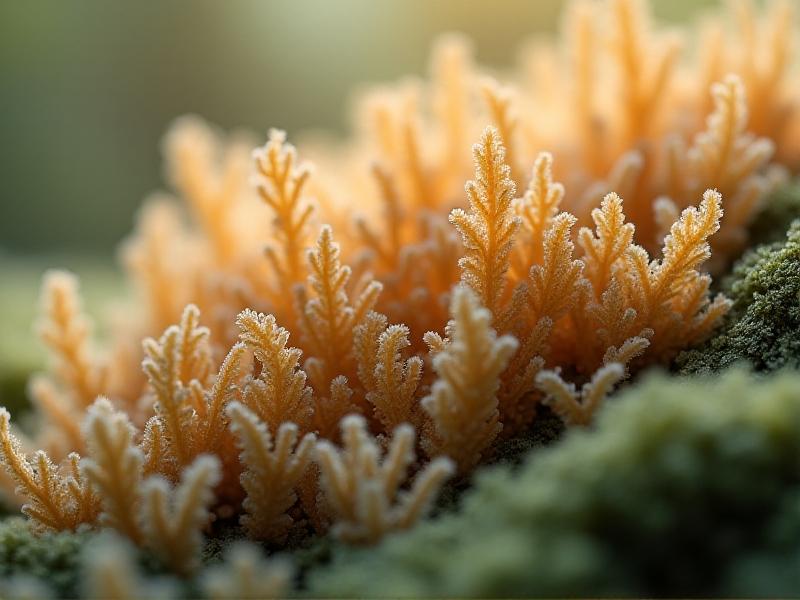
Vapor Permeability Standards: Why They Matter
Vapor permeability standards are essential for ensuring that building materials perform as intended in various environmental conditions. These standards, often measured in units like perm ratings, determine how effectively a material allows moisture to pass through. For insulation materials, meeting specific vapor permeability standards is crucial to prevent moisture-related issues and ensure long-term durability.
Fungal insulation is designed to meet or exceed these standards, making it a reliable choice for builders and architects. By adhering to established guidelines, manufacturers can guarantee that their products will perform well in both humid and dry climates. This level of consistency is particularly important in regions where extreme weather conditions can test the limits of building materials. Understanding these standards helps professionals make informed decisions when selecting insulation for their projects.
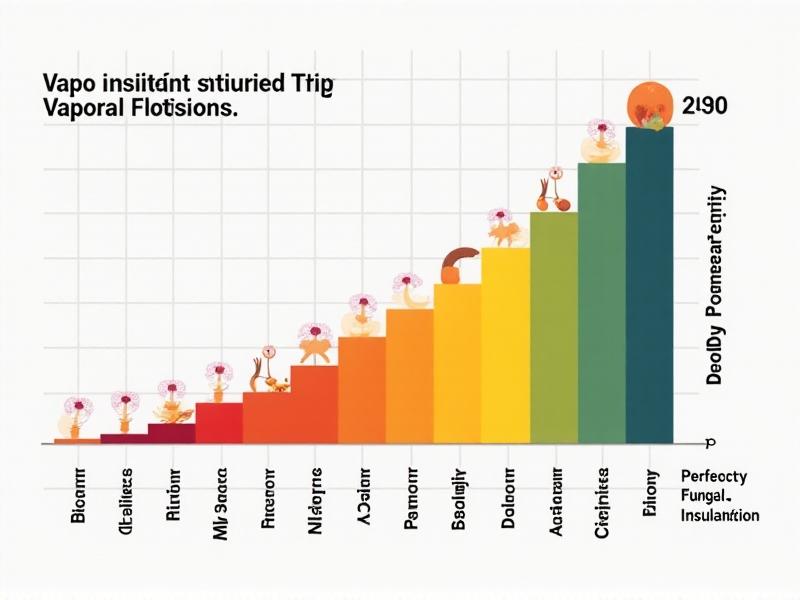
Comparing Fungal Insulation to Traditional Options
When evaluating insulation materials, it’s important to consider how fungal insulation stacks up against traditional options like fiberglass, cellulose, and foam. While these materials have been widely used for decades, they often fall short in terms of sustainability and breathability. Fiberglass, for example, is known for its thermal resistance but can trap moisture, leading to potential mold issues. Foam insulation, on the other hand, provides excellent air sealing but is less effective at managing vapor permeability.
Fungal insulation offers a unique combination of benefits that address these shortcomings. Its natural breathability ensures that moisture is effectively managed, reducing the risk of mold growth. Additionally, its sustainable production process aligns with the growing demand for eco-friendly building materials. By comparing these options side by side, it becomes clear why fungal insulation is gaining traction in the construction industry.
Applications of Fungal Insulation in Modern Architecture
Fungal insulation is not just a theoretical concept; it’s being actively used in modern architectural projects around the world. From residential homes to commercial buildings, this innovative material is proving its worth in a variety of applications. Its ability to meet vapor permeability standards makes it particularly well-suited for use in walls, roofs, and floors, where moisture control is critical.
One notable example is its use in passive house designs, which prioritize energy efficiency and indoor air quality. In these projects, fungal insulation helps maintain a consistent indoor climate while minimizing energy consumption. Its lightweight and flexible nature also make it easy to install in complex architectural designs. As more architects and builders recognize its potential, fungal insulation is likely to become a staple in sustainable construction.
Challenges and Future Directions for Fungal Insulation
While fungal insulation offers numerous benefits, it’s not without its challenges. One of the primary hurdles is scaling up production to meet the demands of the construction industry. Currently, fungal insulation is more expensive than traditional options, partly due to its niche status and labor-intensive production process. However, as technology advances and production methods become more efficient, these costs are expected to decrease.
Another challenge is raising awareness about the material’s benefits. Many builders and homeowners are still unfamiliar with fungal insulation and its advantages. Education and outreach will be key to overcoming this barrier and driving adoption. Looking ahead, ongoing research and innovation will likely lead to even more advanced versions of fungal insulation, further solidifying its place in the future of sustainable construction.







